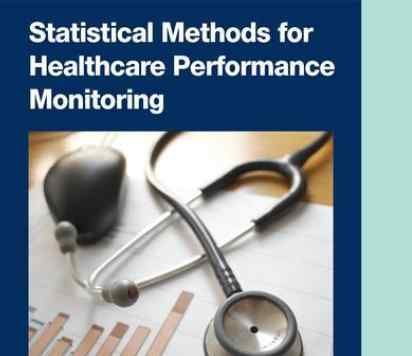BibTex format
@article{Rao:2018:2018/4321986,
author = {Rao, AM and Bottle, A and Bicknell, C and Darzi, A and Aylin, P},
doi = {2018/4321986},
journal = {Surgery Research and Practice},
title = {Trajectory modelling to assess trends in long-term readmission rate among abdominal aortic aneurysm patients},
url = {http://dx.doi.org/10.1155/2018/4321986},
volume = {2018},
year = {2018}
}
RIS format (EndNote, RefMan)
TY - JOUR
AB - Introduction. The aim of the study was to use trajectory analysis to categorise high-impact users based on their long-term readmission rate and identify their predictors following AAA (abdominal aortic aneurysm) repair. Methods. In this retrospective cohort study, group-based trajectory modelling (GBTM) was performed on the patient cohort (2006-2009) identified through national administrative data from all NHS English hospitals. Proc Traj software was used in SAS program to conduct GBTM, which classified patient population into groups based on their annual readmission rates during a 5-year period following primary AAA repair. Based on the trends of readmission rates, patients were classified into low- and high-impact users. The high-impact group had a higher annual readmission rate throughout 5-year follow-up. Short-term high-impact users had initial high readmission rate followed by rapid decline, whereas chronic high-impact users continued to have high readmission rate. Results. Based on the trends in readmission rates, GBTM classified elective AAA repair () patients into 2 groups: low impact (82.0%) and high impact (18.0%). High-impact users were significantly associated with female sex () undergoing other vascular procedures (), poor socioeconomic status index (), older age (), and higher comorbidity score (). The AUC for c-statistics was 0.84. Patients with ruptured AAA repair () had 3 groups: low impact (82.7%), short-term high impact (7.2%), and chronic high impact (10.1%). Chronic high impact users were significantly associated with renal failure (), heart failure (P = 0.01), peripheral vascular disease (), female sex (P = 0.02), open repair (), and undergoing other related procedures (). The AUC for c-statistics was 0.71. Conclusion. Patients with persistent high readmission rates exist among AAA population; however, their readmissions and mortality are not related to AAA repair. They may benefit from optimization of their medical management of comorbiditie
AU - Rao,AM
AU - Bottle,A
AU - Bicknell,C
AU - Darzi,A
AU - Aylin,P
DO - 2018/4321986
PY - 2018///
SN - 2356-7759
TI - Trajectory modelling to assess trends in long-term readmission rate among abdominal aortic aneurysm patients
T2 - Surgery Research and Practice
UR - http://dx.doi.org/10.1155/2018/4321986
UR - http://hdl.handle.net/10044/1/64372
VL - 2018
ER -
